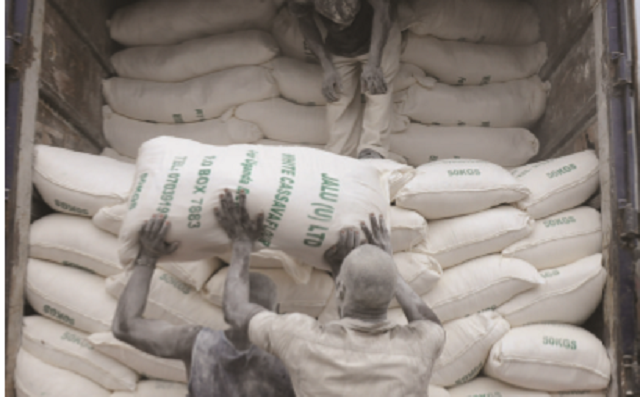
Drought pushes food prices
But even as the maize, rice, and beans business booms in Kampala, the situation in the growing areas is dire.
The Acholi sub-region grows a range of crops including cereals (maize, sorghum and rice); root crops (sweet potatoes and cassava); pulses (beans and pigeon peas) and oil crops (soy beans, simsim and sunflower). But it sells most of the produce.
The Gulu District Production Officer, Jackson Lakor, told The Independent on Feb.19 that the food situation “remains bad”.
He says Gulu and the neighbouring districts of Kitgum, Lira and Lamwo did not get good rains towards the end of last year and food production was low. And it appears to be an East African wide problem.
The Food and Agricultural Organisation of the United Nations (FAO) has already raised an alarm over the current drought ravaging Uganda in particular and the whole of East Africa.
The UN agency says the drought has contributed to the limited harvests and consequently pushed the prices of cereals and other staple foods to unusually high levels.
Local prices of maize, sorghum and other cereals are near or at record high levels in Uganda, Ethiopia, Kenya, Somalia, South Sudan and Tanzania according to FAO’s latest Food Price Monitoring Analysis Bulletin (FPMA).
Sharply increasing prices are severely constraining food access for large numbers of households with alarming consequences in terms of food insecurity, said Mario Zappacosta, the FAO senior economist and coordinator of the Global Information and Early Warning System.
Poor and erratic rainfall in recent months, crucial for long growing seasons has affected farm output.
FAO uses its online proprietary FPMA tool to monitor local markets and gather data for more than 1350 domestic price series in 91 countries around the globe in order to produce its indicator of food price anomalies.
According to the bulletin released on Feb. 14, the prices of maize followed a sustained upward trend in recent months, increasing in all monitored markets by 33-58% between August-December, 2016.
Shs 60 billion a month at stake
So why has the government not followed the Tanzanian, Kenyan, and Burundian example and banned the export of cereals and beans?
Neither the Minister of Agriculture Ssempijja, nor that of Trade, Amelia Kyambadde, has offered an explanation. But it appears they are walking a very tight rope, crunching numbers, looking at the sky and counting each rain drop as it falls.
To look at the numbers, Ssempijja told Parliament that by their estimates, the seven major exit border points where food leaves Uganda for foreign markets take an estimated 100 metric tonnes a day. That makes it 700 metric tonnes every week.
Ssempijja said another 700 metric tonnes is also estimated to be going out through other minor border points in the country. That pushes the total weekly food amounts to an estimated 1,400 metric tonnes on a daily basis or 30,800 metric tonnes per month.
On the other hand, Ssempijja told MPs, by early February, the private sector had up to 50,000 metric tonnes of maize in their stores and warehouses while another 150,000 metric tonnes was reported to be available in the stores of the private sector suppliers or aggregators like those ones in Kisenyi.
This means that Uganda can sustain its food security and exports of food to the region, he said. Meanwhile, the government committed itself to buy food relief supplies for the poorest people.
It is easy to see Ssempijja’s calculation. He knows that at current prices of maize grain and beans in Kisenyi, Kampala (Shs2800 per Kg of beans and Shs1180 per kg of maize), the traders are raking in about Shs2 million per tonne sold or Shs60 billion per month. Ssempijja also knows that as the dry spell eases in March, thanks to the onset of rains, the current clamour over food could subside. Uganda will have maintained its reputation as the food basket of the region. It would be a win-win for the government. But for now it is a nail-biting venture.
Francis Barnabas Gonahasa, the shadow minister for Agriculture, opposes Ssempijja’s move.
 The Independent Uganda: You get the Truth we Pay the Price
The Independent Uganda: You get the Truth we Pay the Price


